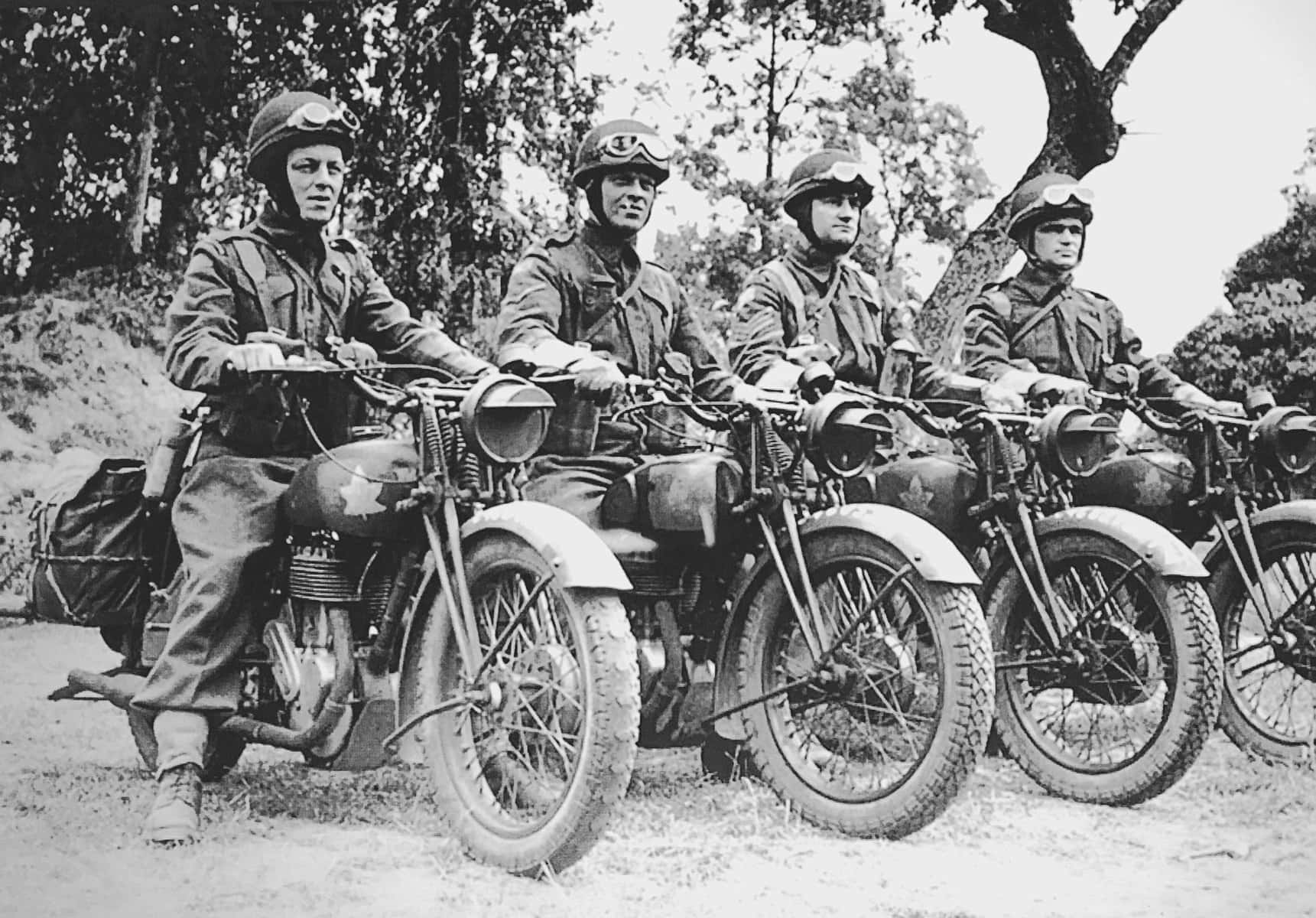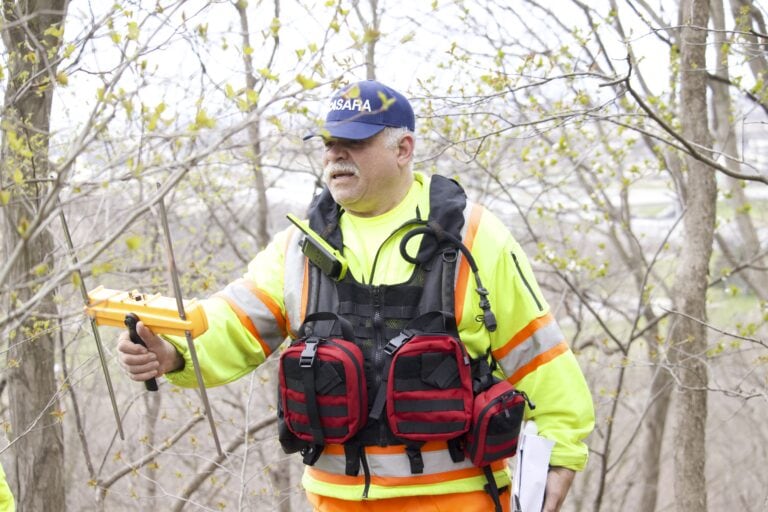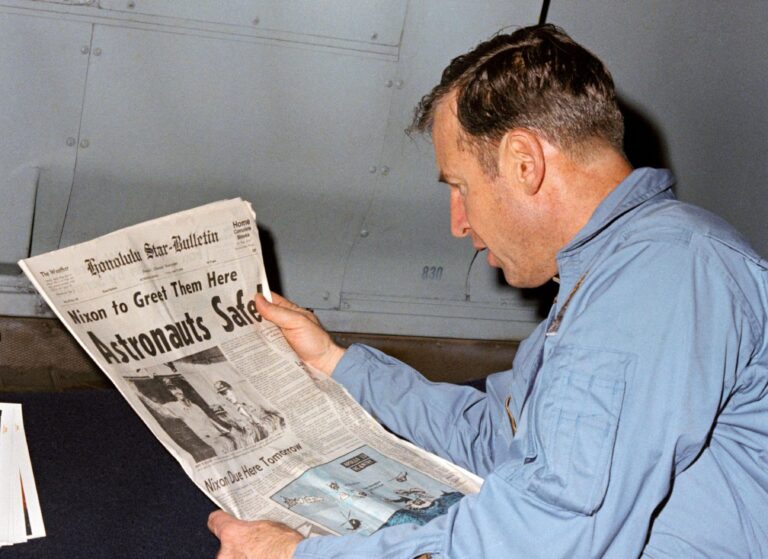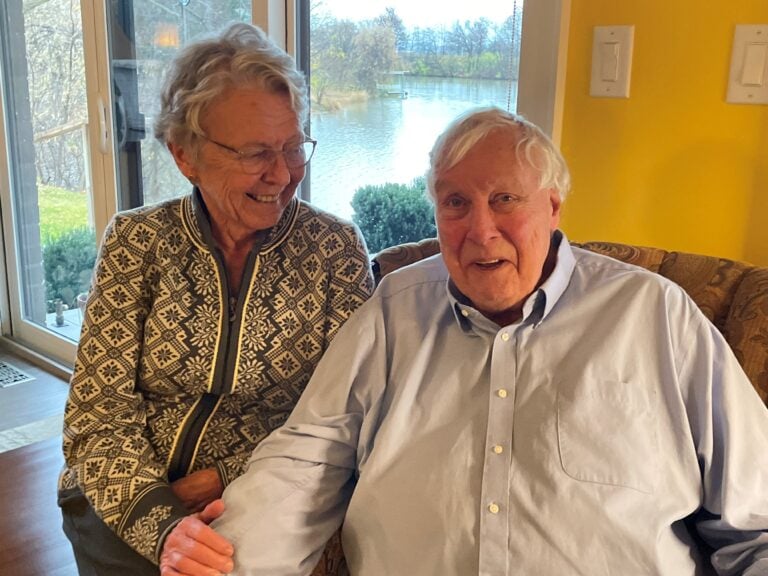When researching the local men commemorated on Niagara-on-the-Lake’s memorial clock tower cenotaph, it is natural to think of men killed in battle.
However, several died from other causes.
Joseph Malcolm Hall was born in McNab on June 10, 1916, son of Alexander Hall, a veterinary surgeon and veteran of the First World War, and his wife Amy.
Joseph was not interested in becoming a veterinarian but decided when he was 18 to become a soldier.
On July 15, 1935, he enlisted in the Permanent Militia Force, joining the Royal Canadian Regiment stationed during the summer at Camp Niagara. During the rest of the year the regiment was headquartered in Toronto.
Hall married Mary Jean Atherton in Niagara-on-the-Lake on Feb. 19, 1938. The couple had one child, Beverley Atherton Hall, born in August 1939.
On Sept. 1, 1939, nine days prior to Canada’s declaration of war with Germany, the government mobilized the army, forming an overseas contingent, the Canadian Active Service Force.
Hall signed on, still with the Royal Canadian Regiment, on Sept. 1, 1939. By Dec. 30 he was in Great Britain with his regiment.
In June 1940, two weeks after the British withdrawal from France at Dunkirk, the Royal Canadian Regiment and other Canadian forces landed in France ostensibly to halt the German advance.
It was a short-lived plan. Hall disembarked at Brest on June 14 and re-embarked to return to England the next day.
He was promoted to corporal and continued to train in infantry tactics and signalling. He also received certification as a truck driver and a motorcycle dispatch rider.
That proved to be dangerous. From January to June 1941, he was hospitalized with a broken leg.
On his return to duty, he was promoted lance sergeant in the Divisional Infantry Reinforcement Unit, awaiting reassignment to another regiment.
He was sent to join the 1st Canadian Signals Reinforcement Unit and promoted again to acting sergeant.
Hall wanted to get back with his old regiment, the Royal Canadian Regiment. On Oct. 22, 1942, he requested to be reduced to private and be reassigned to the Royal Canadian Regiment.
It was rumoured that the regiment would soon be going into action, breaking the monotony of three years training in Great Britain. Hall was welcomed back to his old regiment but never saw action.
On a dark night on a road near Hurlford, Scotland, on June 23, 1943, Hall was driving his motorcycle without lights, following blackout rules.
He began passing a truck heading in the same direction and when the truck turned down a side road, Hall’s motorcycle crashed into it. He was thrown from the bike and fractured his skull, dying at 2:30 a.m. on June 24.
Joseph Hall was buried in the Brookwood Military Cemetery in Surrey and is commemorated on the Niagara-on-the-Lake cenotaph.
Sgt. Jack Leach Howarth is also memorialized on the cenotaph. Three of his brothers, two in the Canadian Army and one in the RCAF, survived the war.
Howarth was born in Chippawa on Dec. 18, 1915, and was working as a millwright when he decided to enlist in the army.
At that point the family was living on King Street in Niagara-on-the-Lake. He travelled to Hamilton to sign up with the 2nd/10th Dragoons on June 29, 1942, and was sent to Camp Niagara, and promoted to lance corporal.
After a short stay at Camp Niagara, Howarth was sent to Woodstock to train on tracked vehicles.
Howarth proved to have leadership qualities and was promoted to corporal in February 1943 and to sergeant a month later. In October, he was sent to Debert, N.S., to train other drivers and was now attached to the 2nd Canadian Infantry Training Battalion.
On Jan. 22, 1944, Howarth was a passenger on a bus travelling to Truro, N.S. When the bus broke down, he got out to assist the driver.
Standing on the left side of the bus he was struck by a passing car that did not stop. Howarth had fractured limbs and a broken neck.
He died in hospital on Jan. 28, 1944. His body was sent home and he now lies in St. Mark’s Cemetery.










